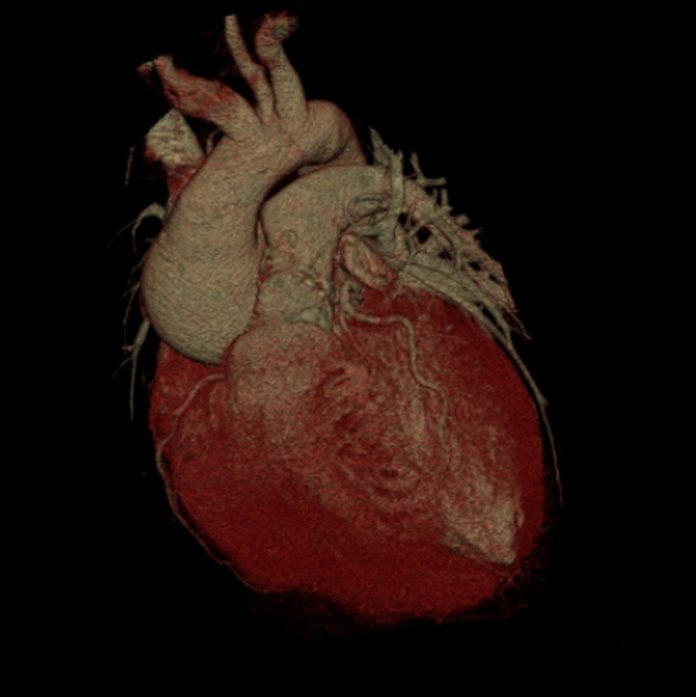
A large, retrospective study suggests that cardiovascular risk varies considerably across Asian populations and that placing all Asian Americans in one ethnic group is a flawed strategy for calculating cardiovascular risk.
Between 2000 and 2019, the number of Asian Americans has increased from 11 to 19 million, with the 2020 census recording 7.2% of the U.S. population as having a full or partly Asian ethnicity.
Ethnicity can be a factor impacting the risk for disease and outcomes, often due to factors such as historical genetic variation between geographical regions. But factors such as socio-economic inequalities and discrimination also have a strong impact.
Asia is a large and genetically diverse continent and placing all Asians in the same category for the purposes of disease risk calculation has been questioned. For example, a National Health and Nutrition Examination Survey from 2011 to 2016 suggested that the non-Hispanic Asian American population as a whole was more likely to have ‘ideal’ cardiovascular health compared with non-Hispanic White Americans. But when broken down into ethnic subgroups, the results were very different, showing risk factors such as gestational diabetes varied from 54 per 1000 live births in Japanese Americans to 129 per 1000 live births in Asian Indian women.
To try and clarify the actual cardiovascular risks in Asian American subgroups, Nilay Shah, an assistant professor of cardiology and preventive medicine at Northwestern University’s Feinberg School of Medicine in Chicago, and colleagues carried out a study looking at deaths from all causes between 2003 and 2017.
As described in the journal Circulation: Cardiovascular Quality and Outcomes, in total, 618,004 non-Hispanic Asian American, 3,026,7178 non-Hispanic White, and 2,292,257 Hispanic deaths from all causes were included in the study. The team found considerable differences in heart-disease related mortality between the Asian subgroups included in the study.
“The Asian American population is very diverse in how the subgroups experience health outcomes,” said Shah, who is first author of the study, in a press statement. “It is important to recognize evidence-based strategies that are effective for one population may not necessarily be effective for people in another group. There is tremendous opportunity to improve health for Asian Americans by focusing and tailoring research and care to the unique needs and cultural characteristics of these communities.”
When divided by ethnic subgroups age-standardized mortality rates (ASMR) from ischemic heart disease significantly decreased over this period in all Asian American women and in non-Hispanic White and Hispanic women. The rates of death from heart disease also significantly decreased in Chinese, Filipino, Japanese, and Korean men, as well as in non-Hispanic White and Hispanic men, but remained the same in Asian Indian and Vietnamese men. Asian Indian men and women had the highest risk for ASMR death from ischemic heart disease of all the Asian subgroups in 2017 at 133 and 77 per 100,000, respectively.
Rates of death from heart failure stayed the same between 2003 and 2017 in Chinese, Korean, and non-Hispanic White women, and Chinese and Vietnamese men. However, rates of death from heart failure went up significantly in Filipino, Asian Indian, and Japanese men and women, in Vietnamese women and in Korean men. Similar to ischemic heart disease, the risk for death from heart failure in 2017 was highest in Asian Indian men and women at 15 and 14 per 100,000, respectively.
Deaths from cerebrovascular disease went down in Chinese, Filipino, and Japanese subgroups during the study period, but stayed the same in the Asian Indian, Korean, and Vietnamese subgroups. The highest rates of death from cerebrovascular disease in Asian Americans in 2017 were in Vietnamese men and women at 46 and 47 per 100,000, respectively.
“For a long time, because Asian Americans were grouped into one category, it appeared that Asian people in the U.S. did not have as high a risk for heart and vascular diseases compared with other groups,” Shah said. “Our findings indicate this is inaccurate. By separating Asian subgroups, we can identify populations and communities that are at higher cardiovascular disease risk, and they may benefit from enhanced heart disease prevention and treatment strategies.”











